The flag of Canada, known as the maple leaf flag, symbolizes the nation’s unity, identity, and pride. The flag is an emblem that reflects Canada’s natural heritage and represents a significant step in the country’s journey towards a unique and independent national character.
The Flag of Canada
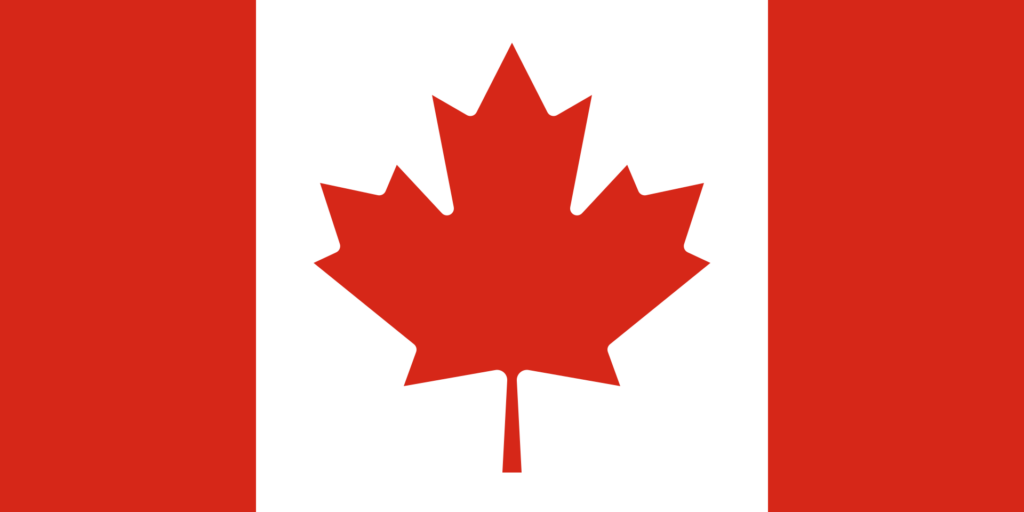
Canada’s flag features a unique and striking design. At its center lies a white square showcasing a stylized, 11-pointed red maple leaf. This distinctive emblem is framed by two vertical red bands on either side.
The flag’s design is a powerful symbol of Canada, embodying its rich natural inheritance. The flag’s simplicity and bold imagery make it recognizable and a source of pride for Canadians.
Flag of Canada: Color Palette
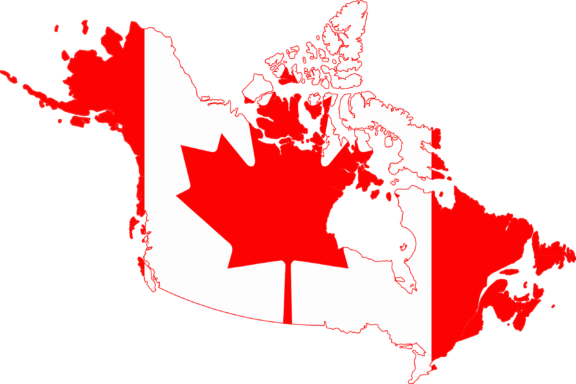
Canada Flag Emoji: 🇨🇦
The color palette of Canada’s flag, consisting of red and white, is both striking and illustrative. These colors were officially declared Canada’s national colors in 1921 and played a crucial role in the flag’s visual impact.
The distinct contrast between the vibrant red and the pristine white sets the stage for the deeper meanings and historical connections that each color embodies, which will be explored in the following section.
Meaning of Each Color
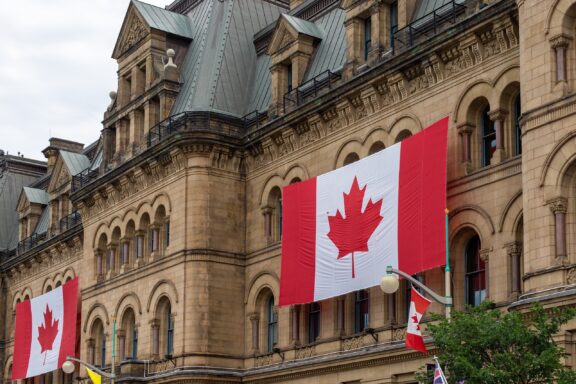
Red
The red in Canada’s flag symbolizes England and carries several meanings. It represents British heritage and military sacrifice, reflecting Canadians’ shared history and valiant contributions, especially in conflicts like World War I.
The red also resonates with the natural cycle of maple leaves, which turn red in autumn, symbolizing the country’s deep connection with its natural landscape and the changing seasons.
White
The white color in the flag is symbolic of France. It represents the purity and serenity of Canadian winters, evoking the nation’s vast snowy landscapes and the tranquility they embody.
This color also stands for peace and neutrality, fundamental values in Canada’s national identity and its role on the global stage.
Canadian Coat of Arms
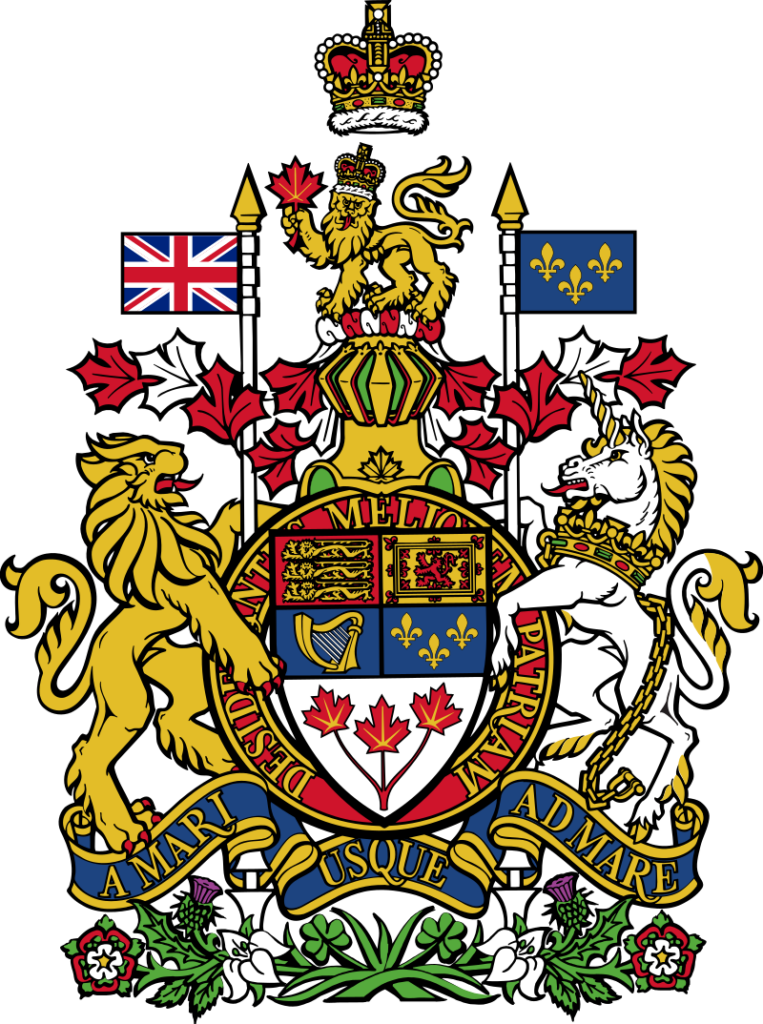
The Canada Coat of Arms, adopted in 1921 and modified in 1957, features red maple leaves. The arms incorporate British and French heraldry elements, reflecting Canada’s history. The design represents Canada’s sovereignty and is used by the federal government to describe the state.
The red maple leaves on the shield were initially green, indicating the nation’s youth, but were changed to red to acknowledge Canada’s growth and development as an independent nation.
Historical Evolution and the Meaning Behind Changes
The evolution of Canada’s flag colors and design mirrors the nation’s transition from a colonial entity to an independent country. Initially, during New France, the French royal flags were used.
Post-1759, British influence brought the Red Ensign and the Union Jack into use, with the Red Ensign incorporating provincial coats of arms.
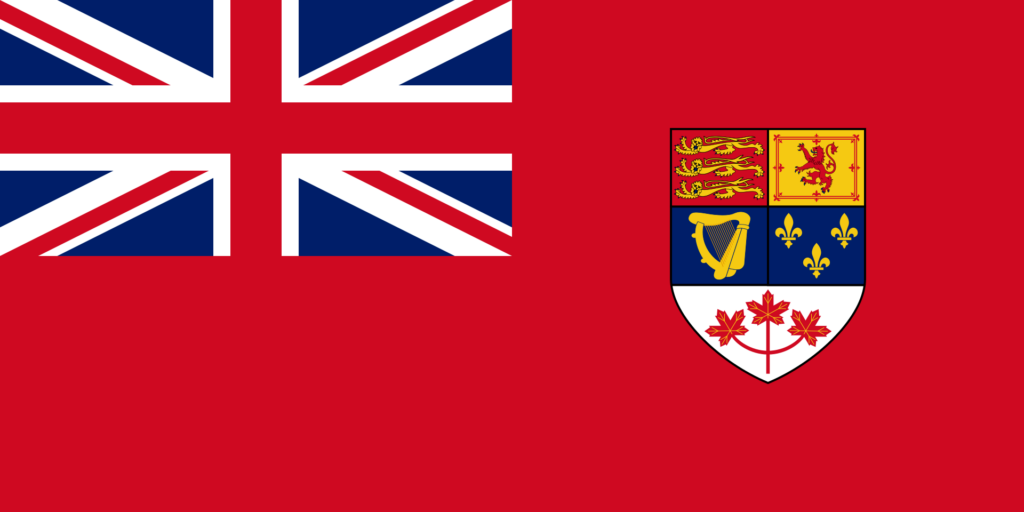
Attempts to create a distinct Canadian flag started in the 1920s but faced resistance due to strong ties to the Union Jack. It wasn’t until 1965 that Canada adopted its current Maple Leaf flag, a symbol of its independent identity with red and white colors, established in 1921, representing its British and French heritage, respectively.
Today, this change, the iconic red maple leaf on a white background, is flanked by red bands, signifying a shift from colonial symbolism to a unique emblem reflecting Canada’s natural beauty and multicultural roots.
Read also: Canadian Provinces and Territories.
Overall Symbolic Meaning of the Flag

With its iconic maple leaf emblem, the Canadian flag is a powerful symbol of the nation’s unity, resilience, and pride. It represents Canada’s rich natural heritage and its commitment to environmental preservation.
The flag’s design, blending simplicity with profound symbolism, encapsulates Canada’s unique identity, reflecting a nation that values its diverse cultural roots while forging a path of independence and progress.
Similar Flags to the Flag of Canada
Several national flags resemble Canada’s in design and color scheme. Here’s a look at those that echo the iconic style of Canada’s flag.
Peru
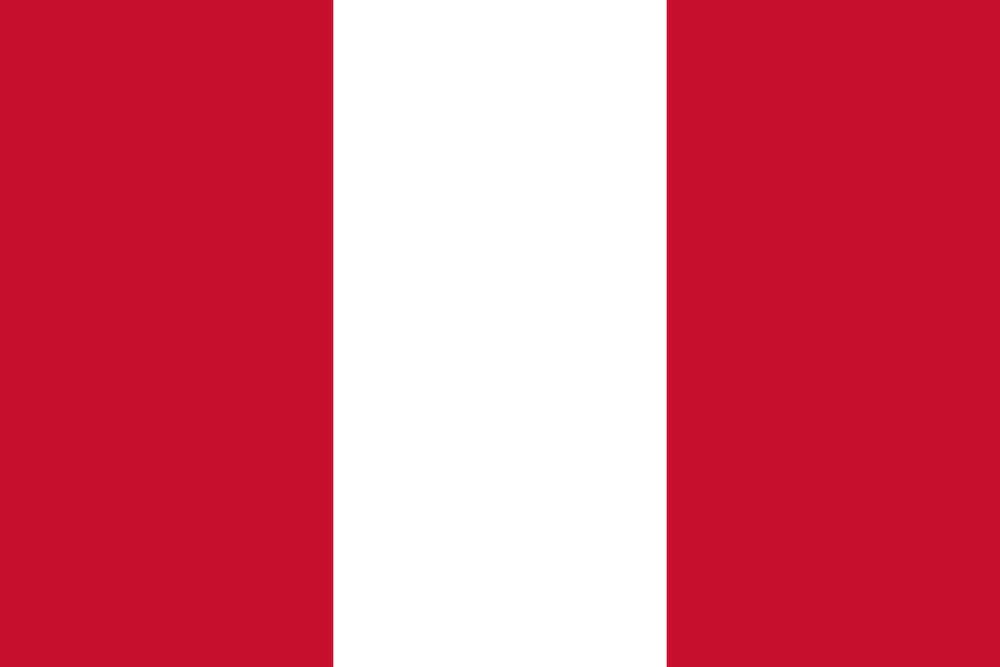
Peru’s flag comprises three vertical stripes: two outer red stripes and a central white stripe. The red stripes symbolize the blood shed for Peruvian independence, while the white stripe represents peace.
Peru’s flag resembles Canada’s due to its color scheme and the use of vertical stripes. However, Peru’s inclusion of its national coat of arms, representing the country’s natural and historical heritage, sets it apart.
Austria
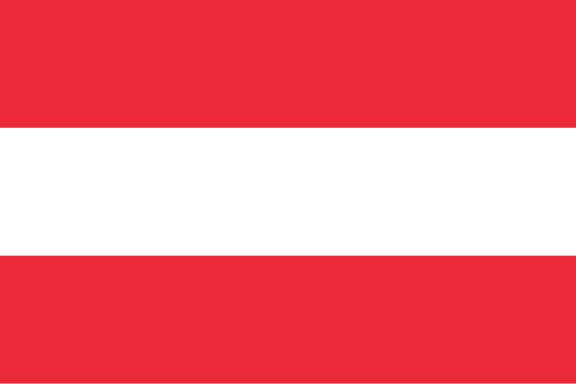
Austria’s flag, one of the oldest national flags, consists of three horizontal stripes. The origin of this flag dates back to the 12th century, with a legend involving Duke Leopold V of Austria.
Austria’s flag echoes Canada’s with its striking red-and-white contrast. The historical origins of Austria’s flag, dating back to a medieval legend, and its horizontal stripes offer a distinct narrative compared to Canada’s, yet the simplicity and color palette present a visual parallel.
Conclusion
Canada’s flag is a powerful symbol of unity and identity, distinguished by its iconic design in the global tapestry of flags. For Canadians, it embodies national pride, a celebration of diversity, and a connection to their rich heritage, resonating deeply with citizens and observers worldwide.
Image Sources and Copyright Information
- Canadian Flag in Front of Government Building: © Iryna Tolmachova/Shutterstock
- Map of Canada with Canadian Flag Pin: © hyotographics@Shutterstock